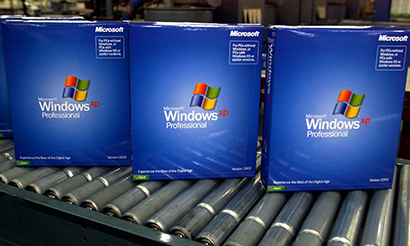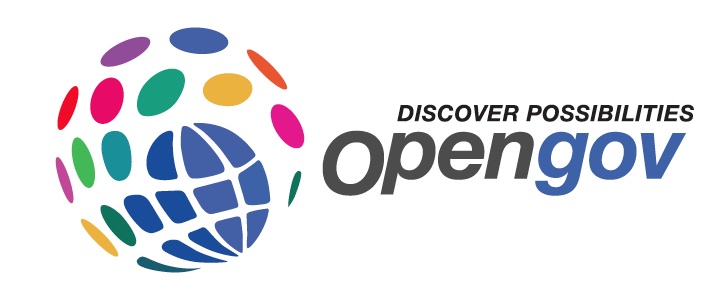Technology often dictates design. As tech evolves, we can rethink the design of many things we take for granted.
While out helping a friend shop for computers this morning, it occurred to me how the keyboards of laptop PCs have changed.
For many years, notepad keyboards were restricted to roughly 80 characters as the 4 x 3 ratio of screens have dictated the dimensions of of the keys. Here’s an example.

In recent times though the wider screen dimensions of laptops has seen the resurrection of an older layout — the 102 key layout with an added numerical pad.

What’s interesting about this is how technology form factors evolve.
Not so long ago mobile phone manufacturers were competing to create the smallest handset. Cellphones like the Motorola Razr pushed the limit on how small phones could be.
With the arrival of the smartphone, the size and shape of mobile phones changed. Now the limiting factor was a screen big enough to read the internet on and display a thirty key keyboard.
Now reliable handwriting recognition software means that some phones can eliminate the use of keyboards at all, which means we may start to see the race to create smaller cellphones restarting.
The layout of all of the items we use, from cars to computers, is largely determined by technology limitations. As the tech evolves, we can start to rethink how a device is designed, just as the laptop and iPhone designers did.
With whole new display, input and sensing technologies being developed, there are many household items that may well look different in the near future.







